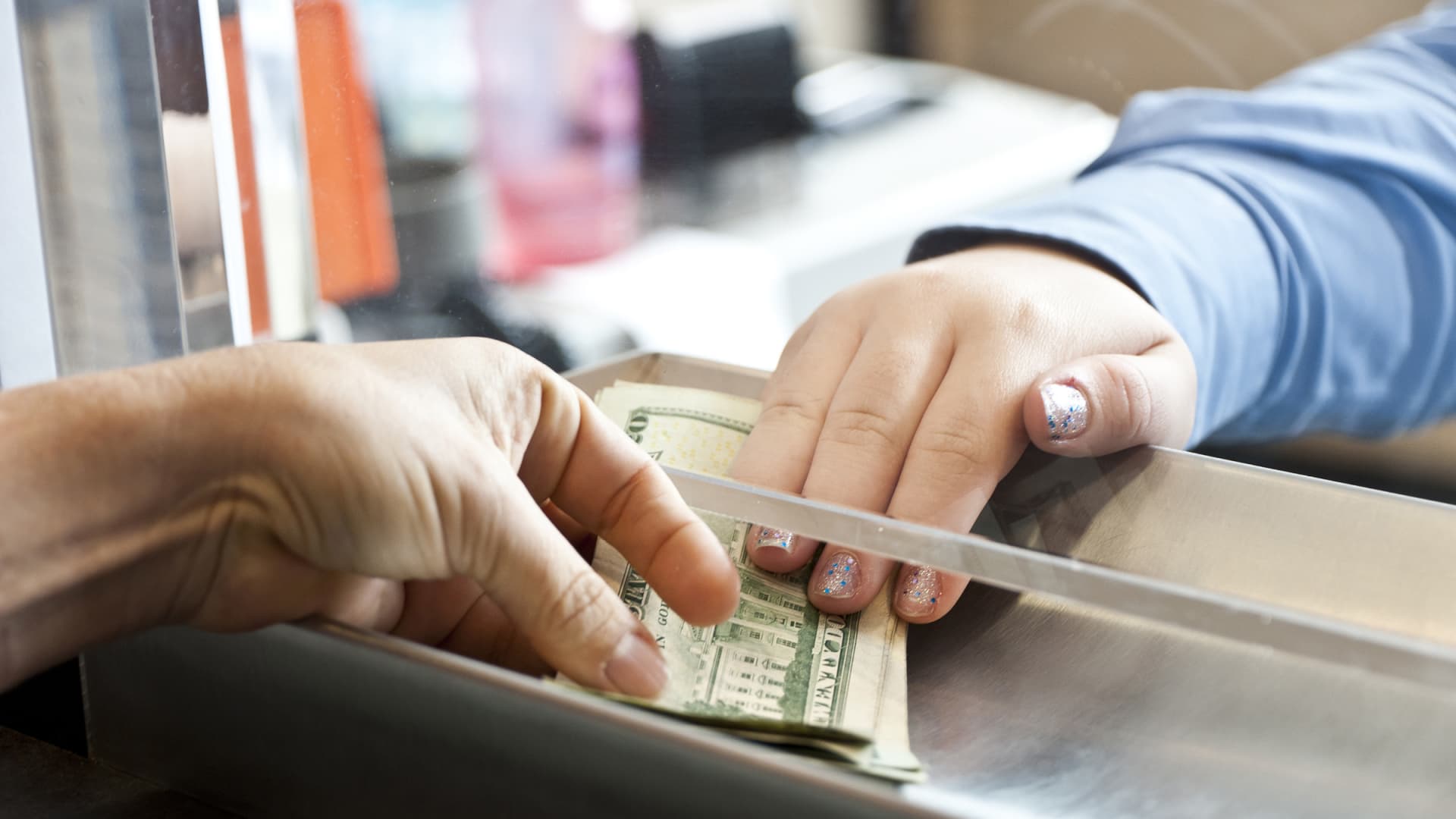When it comes to earning a decent yield on their savings, consumers may wonder: Should I choose a money market fund or a high-yield savings account?
The purpose of each is similar. They generally serve as repositories for emergency funds or savings earmarked for the short term, perhaps to buy a car, home or vacation, said Kamila Elliott, a certified financial planner and CEO of Collective Wealth Partners, based in Atlanta.
That’s because money-market funds and high-yield savings accounts are stable and allow for easy access — two essential traits when saving money you can’t afford to lose and might need in a pinch, said Elliott, a member of the CNBC Advisor Council.
“They’re both very, very safe and offer liquidity,” said Greg McBride, chief financial analyst at Bankrate.
Plus, their yields are often higher than those of a traditional bank savings account. They’ve risen sharply over the past year and a half as the Federal Reserve has increased its benchmark interest rate to tame inflation. Many are paying yields above 4% and 5% after years of sitting near rock bottom.
By comparison, traditional savings accounts pay a paltry 0.54%, on average, as of Aug. 28, according to Bankrate.
And consumers don’t necessarily have to make an either-or choice.
“Plenty of investors have both,” McBride said.
Here are some key differences.
1. Risk
High-yield savings accounts are bank accounts, often offered by online institutions.
That means they carry Federal Deposit Insurance Corporation (FDIC) insurance. This government-backed coverage insures bank deposits up to $250,000 per account.
Money market funds, on the other hand — while also generally safe — are a bit riskier, experts said.
They are mutual-fund investments, offered by brokers and asset managers. The funds typically hold safe, short-term securities which, depending on the fund, may be U.S. Treasury bonds or high-grade corporate debt, for example.
The funds aim to maintain a stable price of $1 per share. Money funds have only “broken the buck” a few times in history — perhaps most notably during the 2008 financial crisis, when the Reserve Primary Fund’s share price fell to 97 cents, triggered by the Lehman Brothers bankruptcy.
From 2007 to 2011, at least 21 other funds would have broken the buck without a capital infusion from the funds’ sponsors, according to a 2012 report by the Federal Reserve Bank of Boston.
Since they aren’t bank accounts, money funds don’t carry FDIC insurance. They do have Securities Investor Protection Corporation, or SIPC, protection, which insures against the loss of cash and securities up to $500,000 if an investor’s brokerage fails. However, SIPC doesn’t protect against investment loss — it restores customers’ holdings during the liquidation process but doesn’t restore value if there was a decline.
Investors who prefer money market funds may opt for government money market funds, which carry slightly less risk, Elliott said. These largely invest in U.S. government debt — i.e., Treasurys — instead of corporate debt.
2. Yield
Money market funds tend to pay a slightly higher interest rate relative to high-yield savings accounts, Elliott said.
The top-yielding money funds currently pay 5.4% to 5.5%, according to Crane Data. (This yield is measured as a fund’s average, annualized seven-day return. It’s net of investment fees, which reduce yield.)
High-yield savings accounts are currently paying up to 5.25%, McBride said.
While each tend to track movements in the Federal Reserve’s benchmark interest rate, their yields climb higher for differing reasons. The underlying investments in money market funds are directly influenced by the Fed, but banks tend to raise payouts to attract more customer deposits — which they then lend out to make money, experts said. Higher rates generally attract more deposits.
Current rates are just a “snippet in time,” however, McBride said. Over the 2008 to 2021 period, high-yield accounts “were measurably above what money funds were paying,” he said.
It’s unclear how long rates will stay this high. Some forecasters think the Fed will start cutting interest rates next year.
3. Account minimums
High-yield savings accounts generally don’t carry minimum deposit requirements — and if they do it’s a relatively small amount, McBride said.
Money funds tend to require a minimum investment that exceeds $1,000, he said.
“That’s not necessarily a hurdle everyone can clear,” McBride said. Consumers would want to be careful about allowing their balance to go below a certain level and incurring a fee, he added.
4. Taxes
Interest income for both high-yield savings and money funds is taxed as regular income, experts said. Those rates reach up to 37% at the federal level.
However, some money market funds may carry tax benefits, said Eric Bronnenkant, head of tax at Betterment. It’s important for consumers to consider their net yield after taxes, he said.
Specifically, interest income from money funds that hold U.S. Treasury bonds may get a break on state and local — though not federal — taxes, Bronnenkant said.
In general, states let investors prorate the portion of income related to U.S. government debt, he said. For example, for a money fund holding 25% Treasury bonds and 75% commercial debt, then 25% of the investment would be state-and-local-tax free.
(There are exceptions: California, Connecticut and New York require at least half of a fund’s assets be invested in U.S. government bonds to be eligible for a tax break, Bronnenkant said.)
Separately, asset managers also offer municipal money market funds, which invest in municipal securities that are exempt from tax — but generally come with a lower yield, McBride said.
